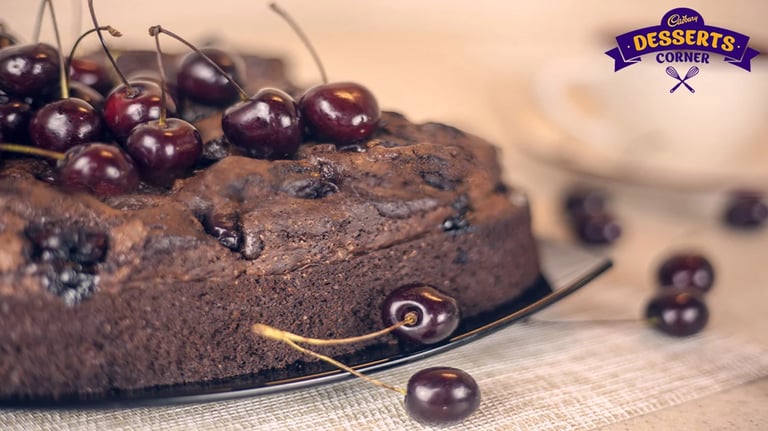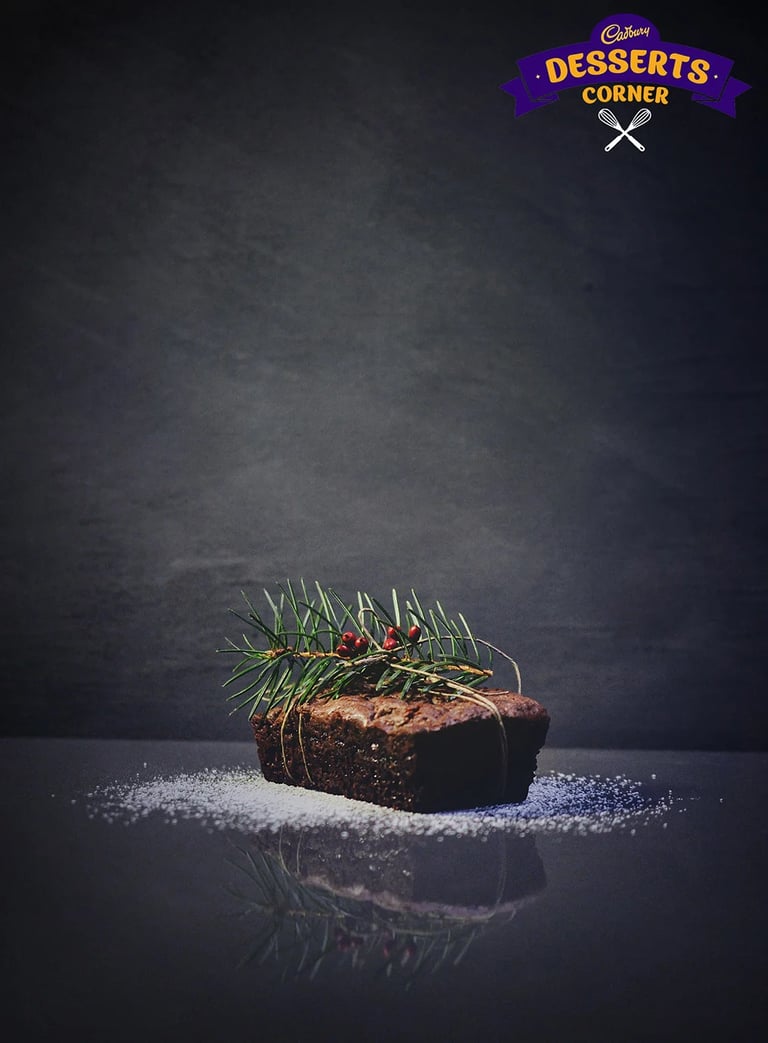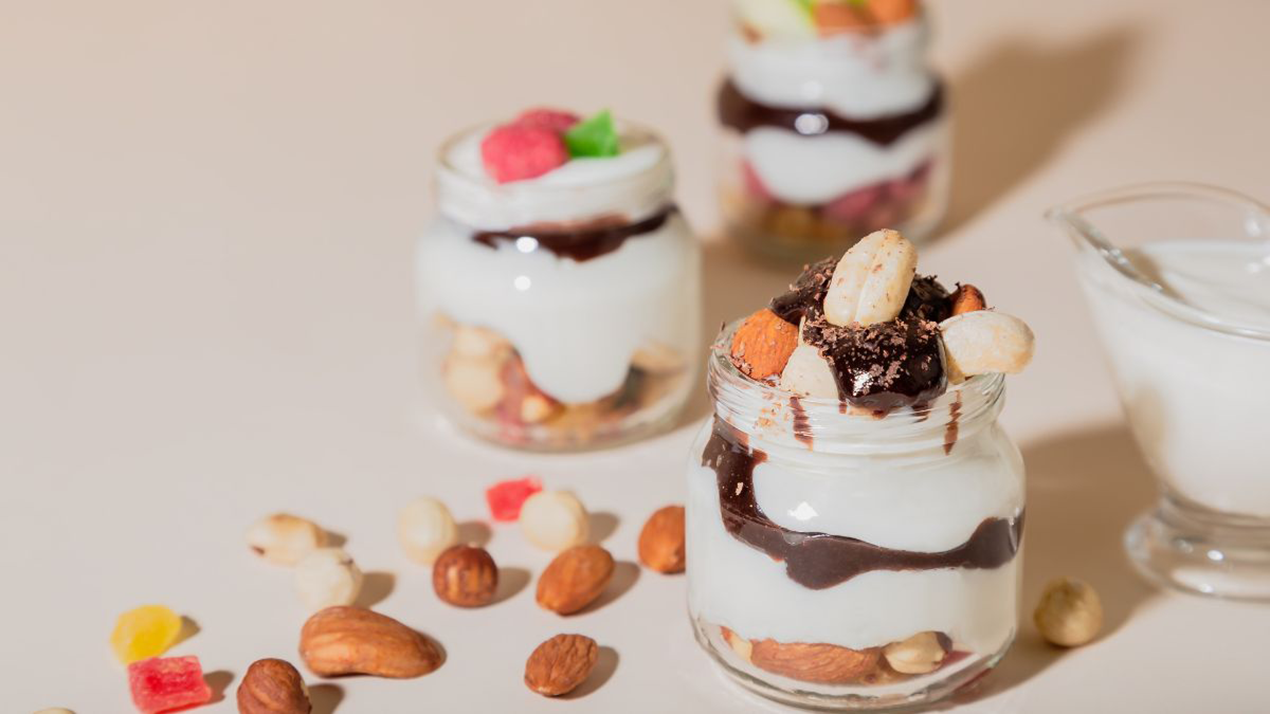Among the culinary gems that adorn this tropical paradise of the Caribbean islands is the iconic black cake, a symbol of celebration, heritage, and enduring flavors

Among the culinary gems that adorn this tropical paradise of the Caribbean islands is the iconic black cake, a symbol of celebration, heritage, and enduring flavors
The Caribbean black cake is a rich, dark fruit cake that is traditionally served during the Christmas season. It is a popular dessert in many Caribbean islands, including Jamaica, Trinidad, Barbados, and Guyana. The cake is made with a variety of dried fruits, nuts, and spices, and it is typically soaked in rum or other spirits for several weeks before being served. Beyond its unique appearance, the black cake is a symbol of cultural heritage, reflecting the intricate blend of influences that have shaped Caribbean cuisine.
Origins of black cake
The roots of black cake can be traced back to the Middle East and Europe, where fruitcakes were a staple during the holiday season. As European settlers embarked on their voyages to the Caribbean, they brought along their culinary traditions, including the art of fruitcake making. In the Caribbean, these fruitcakes underwent a delightful transformation, infused with the region's rich agricultural bounty. Local fruits like raisins, currants, prunes, and cherries were generously added, lending a symphony of sweet and tangy flavours. Dark rum, a staple in Caribbean culture, was also incorporated, imparting a distinct depth and complexity to the cake. The name "black cake" is attributed to the molasses, a byproduct of sugarcane production, which was widely used in the Caribbean. Molasses lent the cake its distinctive dark colour and a rich, almost smoky undertone, adding another layer of complexity to its flavour profile.
Over time, the black cake evolved into a cornerstone of Caribbean cuisine, deeply embedded in local traditions and celebrations. It became a symbol of abundance, prosperity, and communal gatherings, often gracing the tables of Christmas and New Year festivities.
Today, black cake stands as a testament to the Caribbean's rich cultural heritage, a culinary masterpiece that has captivated taste buds worldwide. Its unique blend of flavours, aromas, and cultural significance has cemented its place as a symbol of Caribbean identity, a delectable ambassador of the region's vibrant spirit.
Ingredients and preparation

The Caribbean black cake is typically made with a mixture of dried fruits, such as raisins, currants, prunes, and cherries. It also contains nuts, such as almonds, pecans, and walnuts. The cake is spiced with a variety of warm spices, such as cinnamon, nutmeg, cloves, and ginger. The cake is traditionally made in a large, round cake pan. The dried fruits and nuts are soaked in rum or other spirits for several weeks before being added to the batter. The batter is then baked for several hours, and the cake is allowed to cool completely before being wrapped in foil or plastic wrap and stored in a cool, dark place.
Cultural significance and variations
The Caribbean black cake is a symbol of Christmas and celebration in many Caribbean cultures. It is often shared with family and friends during the holiday season, and it is considered to be a good luck charm. The cake is also a popular gift for loved ones who are living abroad. There are many different variations of the Caribbean black cake. The specific ingredients and spices used can vary from island to island, and there are even variations within individual families. Some people prefer to use lighter cake flour, while others prefer a heavier, denser cake. Some people also like to add a touch of molasses or brown sugar to the batter to give the cake a darker colour.
Popularity beyond the Caribbean
The Caribbean black cake is becoming increasingly popular in other parts of the world. It is now served in many restaurants and bakeries outside the Caribbean, and it is also available online. The cake has also been featured in a number of popular cookbooks and magazines.
Like This Article?
More Like This



Popular Articles





Trending Web Stories
Curated Recipes



















